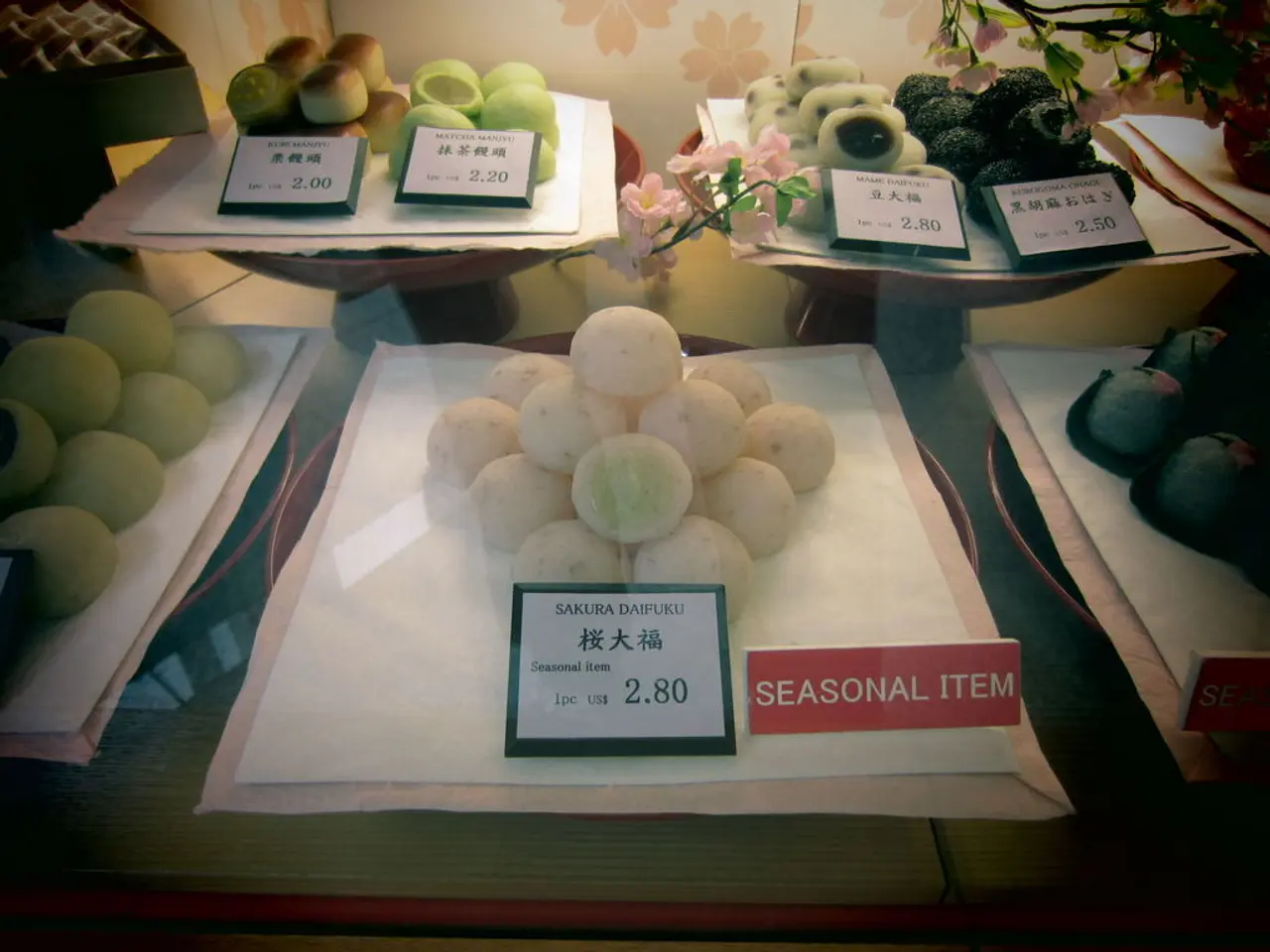Principle Regulating Market Surpluses
The law of supply is a fundamental principle in economics that helps explain the relationship between the price of goods and the quantity supplied in the market. This law suggests that an increase in the price of a product leads to an increase in the quantity supplied, ceteris paribus (assuming other factors remain constant).
Technology plays a significant role in the supply of goods. Improvements in technology can lower production costs, increasing supply at any given price. Conversely, if technology deteriorates or becomes outdated, it can increase production costs, reducing the supply of goods.
Taxes and government policies also influence the supply of goods. Higher taxes or restrictive regulations can decrease supply, while subsidies can increase it. For instance, if the cost of producing a good increases due to higher taxes, producers may choose to reduce production, leading to a decrease in supply.
The cost of production, including input prices such as raw materials and labor, is another factor that impacts supply. An increase in input prices can make it more expensive to produce goods, reducing the supply in the market. On the other hand, a decrease in input prices can lower production costs, increasing the supply of goods.
Producer expectations can also affect the quantity of goods supplied. If producers anticipate future price increases, they may choose to increase their current production, leading to an increase in the quantity supplied. Conversely, if they expect prices to fall, they may choose to reduce production, decreasing the quantity supplied.
Natural conditions, such as weather and other disasters, can significantly impact the supply of goods, especially in agriculture. Poor weather conditions can lead to crop failures, reducing the supply of food in the market. On the other hand, good weather can lead to bountiful harvests, increasing the supply of food.
Competition among producers is another factor that affects the supply of goods. Changes in prices or supply conditions of alternative goods can shift resources and affect the supply of a particular good. For example, if the price of a substitute good increases, consumers may switch to the good being studied, increasing its demand and, consequently, its supply.
It is important to note that the law of supply assumes other factors remain constant to isolate the effect of price on quantity supplied. However, in reality, multiple factors can change simultaneously, making it difficult to understand or predict how supply reacts purely to price changes.
In conclusion, the law of supply is a crucial concept in economics that helps us understand how changes in prices affect the quantity of goods supplied in the market. By understanding the factors that influence supply, we can better predict how markets will respond to changes in prices and make informed decisions.
References:
- Principles of Microeconomics, 6th Edition, N. Gregory Mankiw
- Economics, 19th Edition, Paul Krugman and Robin Wells
- Microeconomics, 8th Edition, Gregory Mankiw
- Principles of Economics, 4th Edition, Larry Samuelson and Stephen T. Ziliak
In the realm of business and finance, technology has a profound impact on the supply of goods. Enhancements in technology can lower production costs, which in turn increases the supply at any given price, while deteriorating technology or obsolescence can increase production costs and ultimately reduce the supply. Furthermore, the cost of production, including input prices like raw materials and labor, also plays a pivotal role in the supply of goods within the industry. An overhaul of input prices can make production more or less expensive, thereby impacting the supply in the market.




